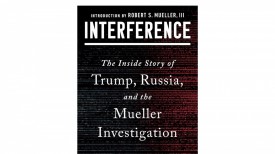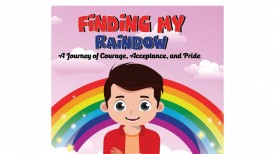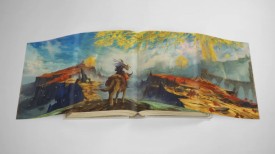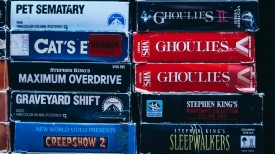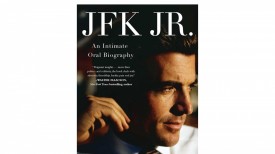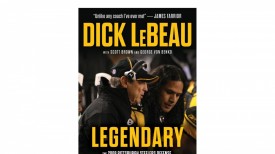Thomas Keneally Shares His Reading Journey: A Glimpse Into His Favorite Books
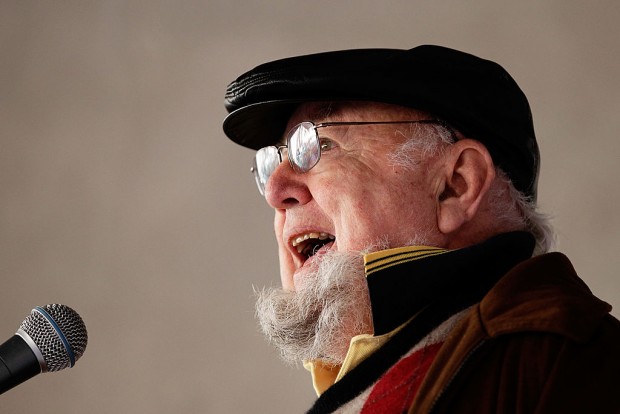
Discover Thomas Keneally's literary journey and favorite books and uncover his enduring career, spanning over 50 years, as he navigates between critical acclaim and commercial success.(Photo : Getty Images/Brendon Thorne)
A famous Australian author, Thomas Keneally, has impressed people globally with his writing. His passion for reading has greatly influenced how he sees things and tells stories. In this article, we explore the books Thomas Keneally loves, getting a glimpse into the stories that have left a lasting impact on this respected author.
Thomas Keneally's Literary Beginnings
Keneally's earliest reading memory was with her female cousins and mother. On a veranda overlooking the Macleay River, Keneally read Susan Coolidge's "What Katy Did" and Louisa May Alcott's "Little Women." His mother instilled in him a passion for reading, asserting, 'A child with a book is never bored!' even in their house by the Western railway.
In the late 1940s, James Fenimore Cooper's "The Last of the Mohicans" captivated young Keneally. It painted a world filled with brave British, cunning French adversaries, the noble savage, and the prejudices that fascinated postcolonial children. Keneally shares that it is his favorite book growing up.
Graham Greene's "Brighton Rock" unveiled the living art of novels to teenage Keneally. A monk had introduced the book to him. The tale of a razor gangster in Brighton, a place unknown to him, breathed life into Greene's words. Reading it proved to him that good novels were still being written, interweaving theology and gangsterism that enchanted Keneally's Catholic, Manichean sensibilities.
Transformative Reads and Writing Aspirations
Despite being a devoted fan of Barbara Kingsolver, Keneally found himself disappointed with "Demon Copperhead." Yet, his reverence for her compelled him to revisit the book. Within an hour, his opinion underwent a profound transformation.
Reading Greene's "The Heart of the Matter" inspired Keneally to write. Greene's smooth writing style and skillful storytelling made a lasting impression. His work, "Three Cheers for the Paraclete," blurbed by Greene, remains a cherished highlight.
The Author and Book He Revisits
Joseph Conrad's works, such as "The Secret Agent" and "Under Western Eyes," appeared prophetic in his exploration of radical politics. These works, alongside "Heart of Darkness" and "Lord Jim," showcased remarkable literary ambition.
READ ALSO: Japanese Literary Prize Winner Admits Using AI in Writing Novel
Fyodor Dostoyevsky's "The Brothers Karamazov" is a literary Himalayas for Keneally - daunting but ever-present. Keneally shares that it is a better read at 80 than 20 but worth revisiting at 60, just in case.
Current and Comfort Reads
The book that Keneally is currently reading is Louise Kennedy's "Trespasses." The book depicts the Troubles in Northern Ireland and balances war and compassion. A nuanced tale of a young teacher's affair with an establishment Protestant attorney, it breathes authenticity amid bombs and bullets.
Irish literature has been Keneally's solace since his time in his grandparents' village in North Cork last year. Sebastian Barry's "Old God's Time," Anne Enright's "The Wren, the Wren," and John Boyne's "The Heart's Invisible Furies" stand out, showcasing the remarkable prowess of Irish authors.
Keneally's Career
Over 50 years of his career, Keneally has won the Booker Prize, the Miles Franklin Award twice, and the Australia Council Lifetime Achievement Award. Aside from being a writer, Keneally was also a teacher. He taught drama and creative writing at the University of New England and the University of California.
Critics see Keneally's career as both morally challenging and commercially driven. This perception is tied to Australia's cultural politics and ideas about what a literary career should be. Published in 2019, "Thomas Keneally's Career and the Literary Machine" by Paul Sharrad looks at Keneally's writing and reception in Australia. It explores conflicts between national and international interests, various themes, publisher influence, and the balance between fiction and history.
RELATED ARTICLE: The Art of Writing Books: Insights from Best-Selling Author Janet Evanovich
© 2023 Books & Review All rights reserved.
Popular Now
1
Books to Read After 'Fourth Wing': Top Picks for Fantasy and Romantasy Fans

2
‘The Secret Public’ by Jon Savage Book Review: An Insightful Look Into the LGBTQ Influence

3
Stephanie Regalado's 'If They Only Knew' Column Is Now A Book, Unleashing 60 Anonymous True Stories to Empower Women

4
'No Wire Hangers' Scene That Almost Did Not Happen: New Book Reveals Faye Dunaway's Struggles

5
Rare First Edition of Aphra Behn's Novel 'Oroonoko' Discovered in Kent: A Historic Literary Find

Latest Stories
Book Reviews
‘The Secret Public’ by Jon Savage Book Review: An Insightful Look Into the LGBTQ Influence

Book News
Stephanie Regalado's 'If They Only Knew' Column Is Now A Book, Unleashing 60 Anonymous True Stories to Empower Women

Book News
'No Wire Hangers' Scene That Almost Did Not Happen: New Book Reveals Faye Dunaway's Struggles

Book Reviews
‘The Perfect Couple’ by Elin Hilderbrand Book Review: A Captivating Summer Mystery

Book News
New Book ‘The Franchise’ Reveals Penguins President Kyle Dubas’ ‘Biggest Mistake’ as Maple Leafs GM

